
The latest regional scenery release from FranceVFR is Alsace VFR for both FSX and FS2004. This review is of the FSX version.
Occupying the north-eastern most corner of France this scenery covers approximately 10,000 sq kms and includes some beautiful landscapes. Of the 26 regions it is the fourth smallest and has a population of just over 1.8 million inhabitants.
Installation
The scenery is quite large at 2.8Gbs and comes in two files; setup_ALSX_part1.zip @979Mbs and setup_ALSX_part2.zip @1.86Gbs. The installer is very easy to use and simply requires you to execute the setup_ALSX_part1.exe file, you will be asked to select your preferred language English or French, add your registration number and confirm the path to FSX. The installer will then begin the process of installing the files, after part 1 has finished you will be told to execute part 2 which is the setup_ALSX_part2.exe file. When completed your scenery will have been installed and added to the FSX scenery library.
Configuration
There was no configuration required with this scenery.
Documentation
The documentation that comes with this scenery is quite extensive. It includes an English/French PDF manual as well as a full set of charts for eight of the airfields, IFR and VFR regulations and upper and lower airspace maps.
The manual follows what I have come to recognize as their standard format. An introduction, technical specifications, general installation notes, a map of the coverage area with landmarks and airports indicated, standard installation procedure which also includes a brief description of how to uninstall the product, recommended display settings, where to locate the charts, how to contact their support and finally the credits.
It has been my experience that their regional sceneries are frame rate friendly and that you might want to try their advanced configuration settings for the best visual experience possible.
One very useful diagram they include is their area coverage map which shows the locations of the airports as well as various landmarks and objects of interest. There were a few mistakes pertaining to airport names and designations on the coverage map; the following screenshot shows the corrections in red.

Support for the product is available via email to support@francevfr.com or their forum page at http://www.francevfr.com/forum.
Scenery
This is the third in their series of regional sceneries. Having previously reviewed both the Bretagne and Nord Pas-de-Calais regional sceneries I was looking forward to trying out this one.
The emphasis with this package was clearly to give the sim pilot the most realistic and enjoyable flying experience over the Alsace region. The combination of aerial photography, custom high resolution mesh and custom autogen throughout the entire scenery area made certain of that. Each area has it’s own unique features waiting to be discovered.



I spent many hours flying the entire scenery area and came to the conclusion that this scenery’s appeal probably leans more towards the VFR pilot. The variety and beauty throughout the entire Alsace region I thought was best appreciated at low to mid altitudes and at moderate speeds.


The coverage map highlights many of the special interest objects and structures that have been included in the region and is a wonderful tool to help get the most out of the product. Part of the appeal of these regional sceneries are the visual gems you can see as you fly around. The area is large enough and there are so many different things to attract your attention that there is always something new to discover each time you take to the skies. It is stated that the entire region is covered in autogen and flying around I saw that for the most part that was true with the exception of a small area of the Vosges Mountains near the southwest boundary of the scenery.



As I said earlier Alsace has some beautiful landscapes. The eastern border of Alsace is the Rhine River and it is along this river that you will have the chance to appreciate a great number of the interesting objects that they’ve included. There are power plants, locks, harbours and marinas all of which are recreated in nice detail. A major port on the Rhine at Strasbourg can easily be seen from a distance and contains some large cargo ships and cranes giving a real sense of how busy the area is with marine traffic.



The Vosges Mountains that make up close to 50% of the region offer some pretty spectacular scenery. The mountains are a sharp contrast to the lower Rhine valley to the east. With the use of their custom mesh the valleys and peaks are beautifully rendered. The overall effect is spectacular and offers some outstanding views especially at dawn and dusk.

It is in these mountains that I also found some of the more distinctive and interesting historic landmarks in Alsace. Take for example the Hartmannsweilerkopf Cemetary located on the site where several important battles of World War 1 took place and then there is the castle of Haut-KÅ“nigsbourg located near Orschwiller that dates back to sometime around the 12th century. These are just two examples of many interesting landmarks that you will discover when flying the mountains of Alsace.


I was pleased to see that I did not come across any of the stretched textures often seen in mountainous areas where the textures don’t match the variations in elevation. Everything lined up nicely as it should.
The ground texture details are very good however below 2500 ft I found them to be a bit blurry, especially in urban areas. The extensive network of roads is populated with vehicle traffic and gave that added sense of activity important to making the scenery seem alive as I flew around. On the odd occasion I observed some of the vehicles driving beside instead of on the roads but not enough to become a problem.
I also came across a few instances where bridges didn’t line up with the roadways. Taking into account the size and complexity of the scenery I considered these to be very minor issues.
Airports
There are 16 airfields/airports that have been included and they range in size from small private grass strips to large regional airports that can handle commercial jet liners. Accuracy of where and how they are situated geographically is the main focus. All runways, taxiways and aprons are recreated using high resolution textures that include painted markings with weathering and dirt and usage stains.
Visually the airports all have their own characteristics and I could see that as I flew to each one of them.
My favourite airports were the smaller private ones with the dirt/grass strips; they blended in seamlessly with the surrounding textures. Take for example F6721 Albe, it has a sloped runway and is located in the Vosges Mountains. As you take off you are almost immediately confronted with gaining enough altitude to overcome the surrounding peaks. If you’re looking for a way to challenge your flying skills you might want to explore some of these private airstrips. They all have something to test your piloting skills.

The majority of airports in the region fall into a category somewhere in between these small airfields and the two largest airports. In recreating them they’ve added all the requisite structures and objects to give them a look representative of their real life counterpart. Dependant on the airport there were a variety of buildings and other objects such as hangers, sheds and control towers along with wind socks, runway/taxiway signs, fuel tanks, cargo and various vehicles. Again each airport was different. All offered a sense of realism that was believable and enjoyable.
When I did my review I was not judging them on how well they recreated the actual airport as this was not their goal with the Alsace scenery.





Again each airport is unique with it’s own characteristics that you will come to discover as you explore the region. There are charts for all of them included in the documentation. These I felt were best suited for small to mid sized aircraft.
LFST Strasbourg-Entzheim and LFSB Bale-Mulhouse are both busy regional airports handling annual passenger traffic numbering in the millions. I found that the buildings especially the main terminals closely resembled those of the actual airports. The attention to detail seemed to be much better than with the smaller airports and included more objects. I thought the overall quality was very good. I have the addon for LFST Strasbourg-Entzheim and found both versions shared many similarities. The addon did appear to have higher resolution ground textures however.




As part of my review process I like to take flights that utilize instrument procedures wherever possible to see if the documentation matches the reality of the scenery. In this case I chose the airports at Strasbourg-Entzheim and Bale-Mulhouse and executed a number of different approach and departure scenarios and didn’t find any problems.
With the variety or airports available there is sure to be one that fits your flying style and interest.
Night
The overall effect of the night time lighting was very realistic and quite good I thought. In the built up areas you had street lighting and the lights of moving vehicular traffic while the amount of light coming from the rural areas was much less. This contrast reinforced the reality of what you’d expect to find flying overhead at night. These large areas of darkness made it very easy to spot distant airports.




For the most part airport lighting consisted mostly of runway and approach lighting. The one really noticeable problem I came across had to be the airport apron and area lighting; simply put it was non existent. Most of the airports are small so in those instances it was a non issue but it was very noticeable at LFST and LFSB where because of their size you’d expect to see that type of lighting.


Looking at those two airports in daylight hours I noticed there were no lamp posts modelled in the scenery which might explain why they never included this type of night lighting. To me this was a significant omission at both of these large airports. The runway/taxiway and approach lighting were all there and the building interiors were lit up and looked good.
Final Thoughts
I thoroughly enjoy these regional sceneries and despite having only summer textures and a few minor issues it was still great fun exploring this part of the French countryside. This scenery strikes a nice balance between providing lots of interesting details while still maintaining high frame rates. Regardless of how familiar you are with the Alsace region this scenery will give you many hours of enjoyable flying time and keep you wanting to come back for more.
My Ratings
Installer: Very good, easy to use.
Documentation: Very good, bilingual manual and complete set of airport charts.
Modelling: Very good, extremely frame rate friendly.
Extras: Lots of interesting landmarks and objects to discover.
Download Size: FSX 2.8 GB
Price: EUR 25.13
Link: http://secure.simmarket.com/francevfr-alsace-vfr-fsx.phtml
Test System:
Intel i7 950 OC @ 4.1 Ghz, 6 Gb RAM, ASUS 480GTX w/1.5 Gb video, Win 7 Ultimate 64, FSX w/acceleration, Ultimate traffic 2, REX overdrive, UTX Europe, AES 2.09
Richard Desjardins


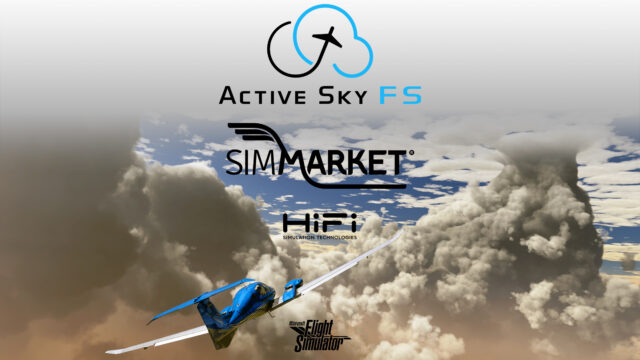
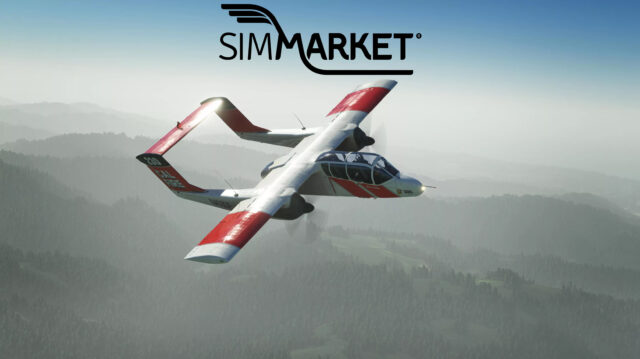
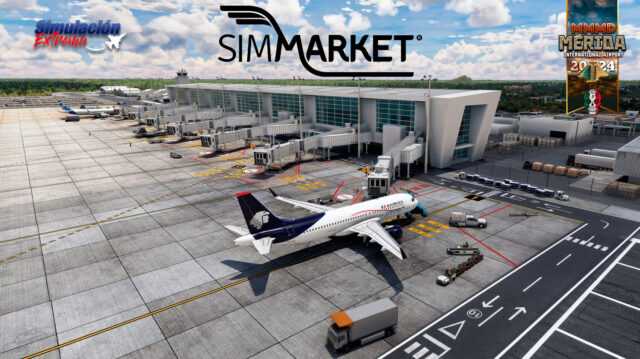
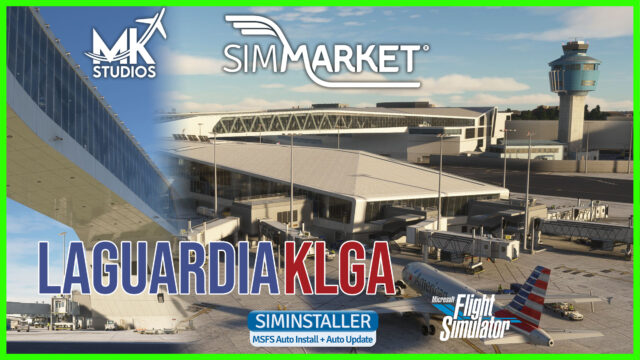
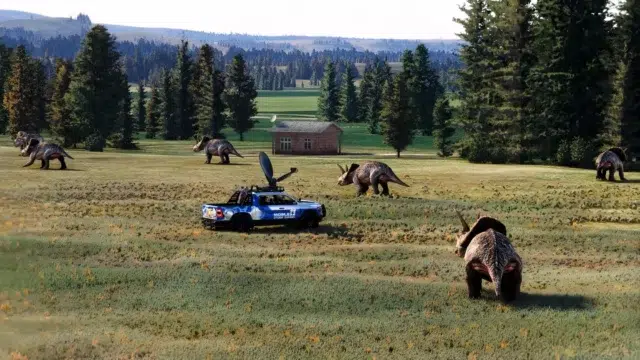
![[Video🎬] New Trailer 4K for Turkish Airports MSFS by SceneryTR Design – Istanbul – Ankara Trabzon by SIMMARKET](https://www.simflight.com/wp-content/uploads/2024/04/SceneryTR_thumb.jpg)